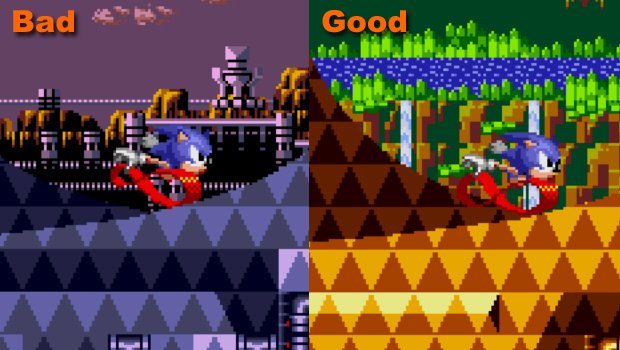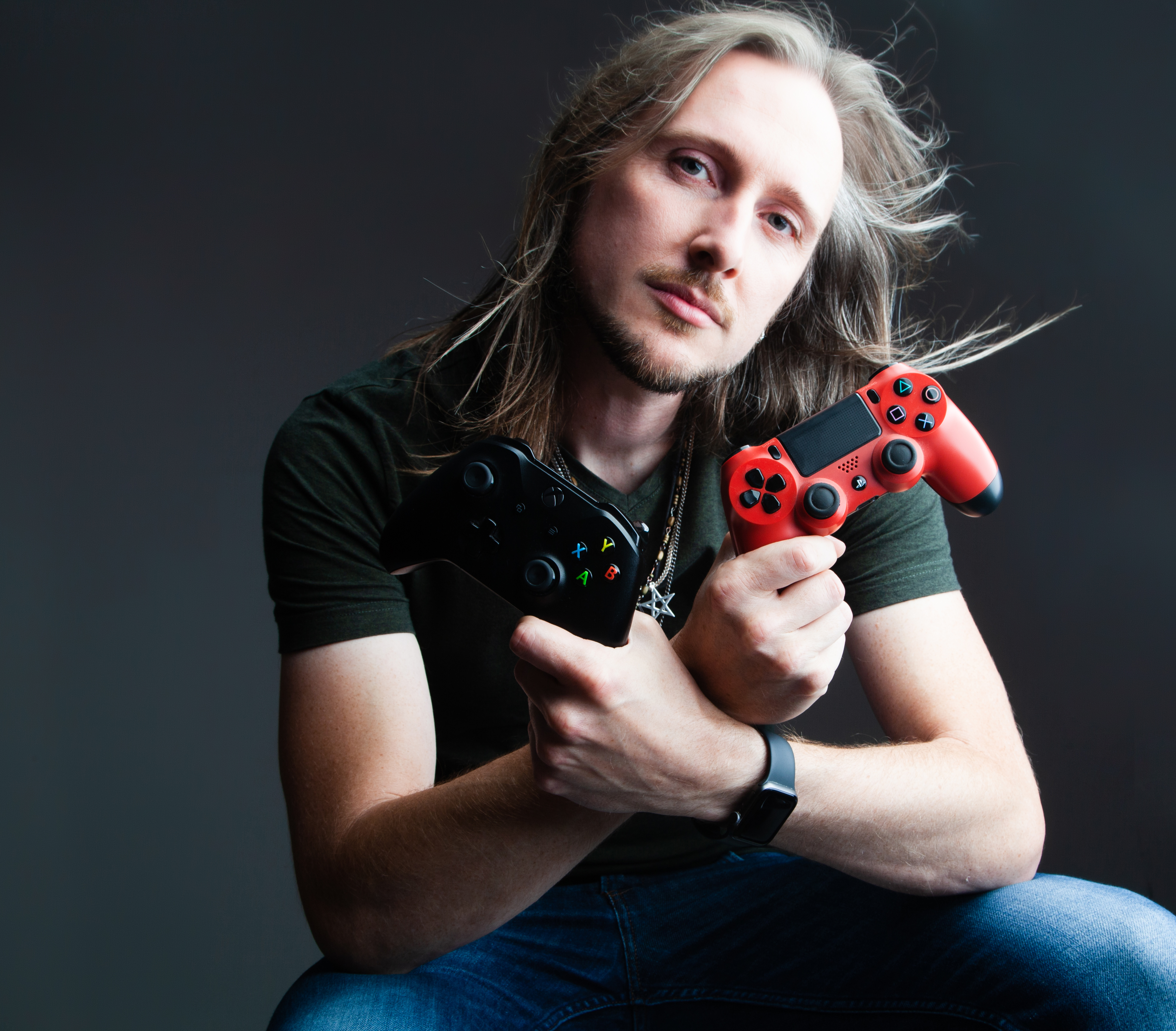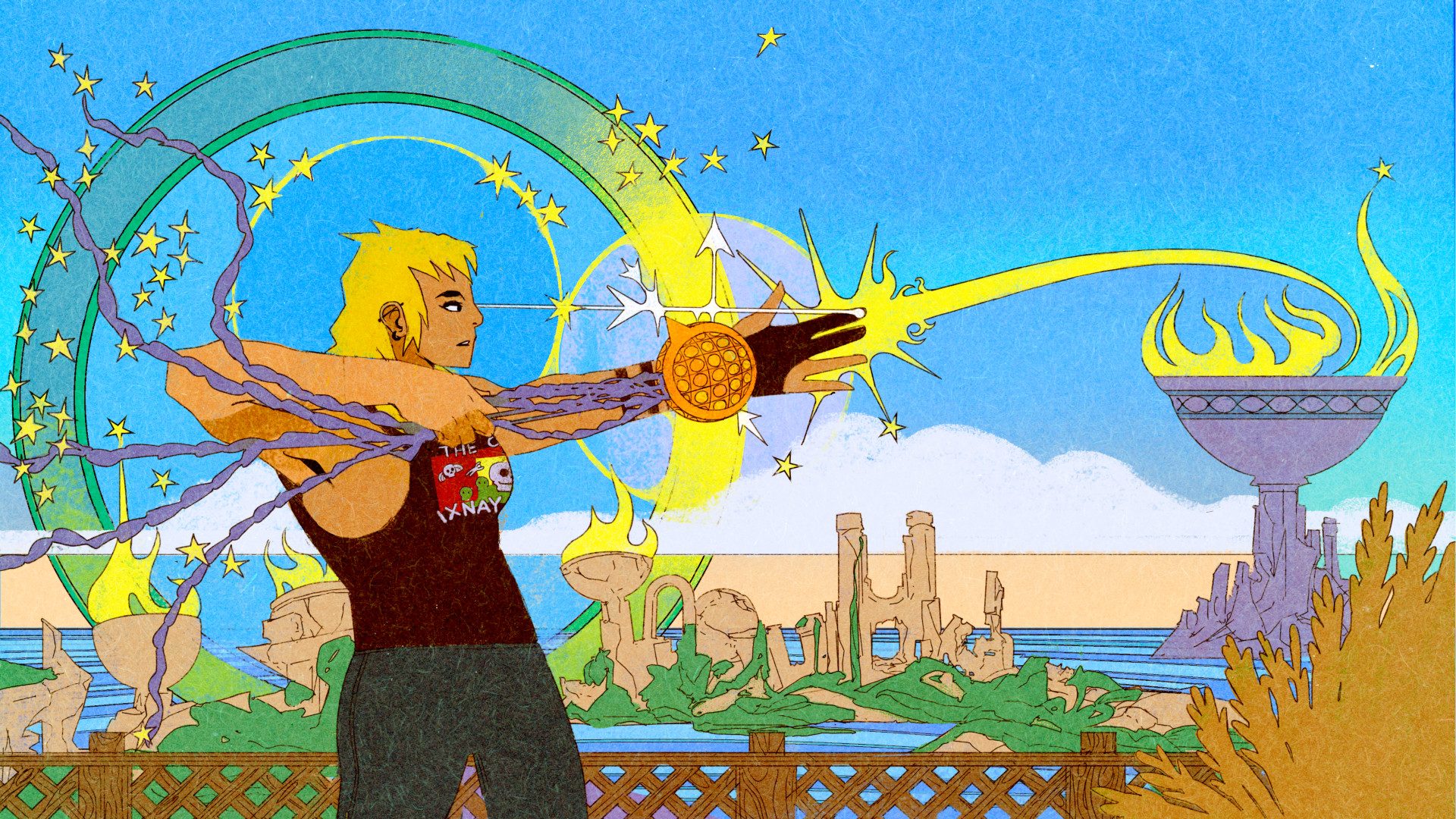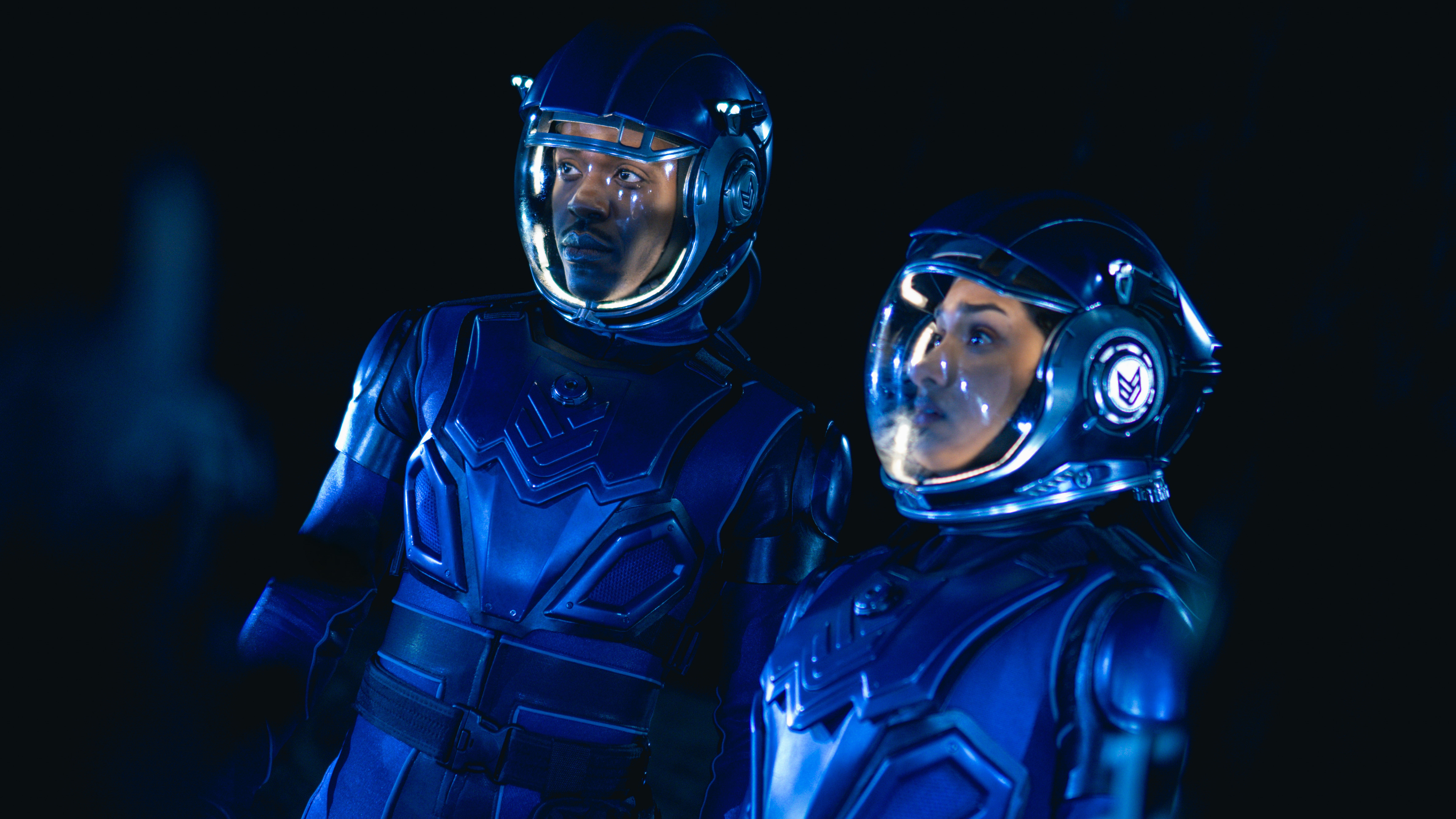Why Sonic CD is one of the greatest games ever made
Sonic 1.5? Next-gen? Take my money!

Some people love only Sonic 1. Out of all the games in the series, the original has arguably the most iconic art style, the purest gameplay and the most challenge. The Sonic 2 that we know (and most people love) was made in America with more Western ideals. But while Yuji Naka was over in the US of A making that, Sonic’s designer Naoto Oshima was in Japan making Sonic CD--call it Sonic 1.5 if you like. And that makes it very special. It also means lovers of Sonic 1 have a 100% authentic sequel they may never have played.
In 1992, Mega CD was pretty much claiming to be ‘next generation’. Which made this the first next generation Sonic game and elevated expectations significantly. The game needed to look better, offer more in terms of gameplay, and make the most of the new machine’s capabilities. In Mega CD’s case, that meant vastly superior audio.
The Japanese and UK versions of the game shared one incredible soundtrack. The US version… not so much. Fire up the former now and the game is still magnificent. The rising notes of the introduction, the pause, then the ‘woo’ and ‘yeah!’ from what sounds like a crowd of children in joyous celebration at Sonic’s return as the steel drum pounds out the melody. The whole atmosphere seems to say ‘you’re back in the best summer you ever had and everything’s OK'.
Ah, but it’s not OK, is it? Which is where the game’s biggest unique feature comes into play. Dr Robotnik has found a way to send his evil robotic creations back through time. Sonic can time travel using posts found dotted throughout the stages, then return to the past and set things straight.

What follows is one of the best time travel mechanics in any game. Fail to save a level’s past and you’ll screw up its future, resulting in polluted, metallic scenery and a soundtrack that’s best described as 'fudged-up'. Ah, but set things straight in the past and the future becomes an idyllic paradise, free from enemies and glistening with pure waters and sunshine. The music responds too, with familiar level themes bursting from your speakers with fanfares of harmonic brass and near hysterical celebratory cheers.
The game itself is the polar opposite of everything Sonic 2 changed to progress the series. The levels are even more claustrophobic than those of Sonic 1 and speed is used sparingly. But most interestingly, progress is hardly ever funnelled, and completely disregards the ‘hold right to win’ mechanic the series is so often criticised for.
Sign up to the GamesRadar+ Newsletter
Weekly digests, tales from the communities you love, and more
Justin was a GamesRadar staffer for 10 years but is now a freelancer, musician and videographer. He's big on retro, Sega and racing games (especially retro Sega racing games) and currently also writes for Play Magazine, Traxion.gg, PC Gamer and TopTenReviews, as well as running his own YouTube channel. Having learned to love all platforms equally after Sega left the hardware industry (sniff), his favourite games include Christmas NiGHTS into Dreams, Zelda BotW, Sea of Thieves, Sega Rally Championship and Treasure Island Dizzy.



